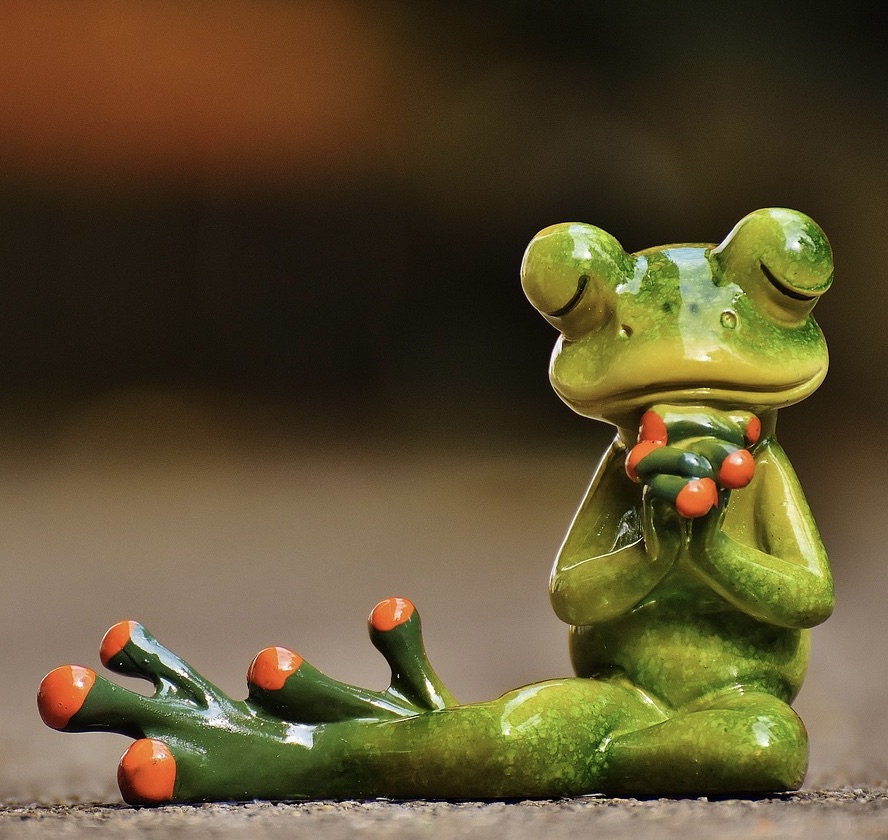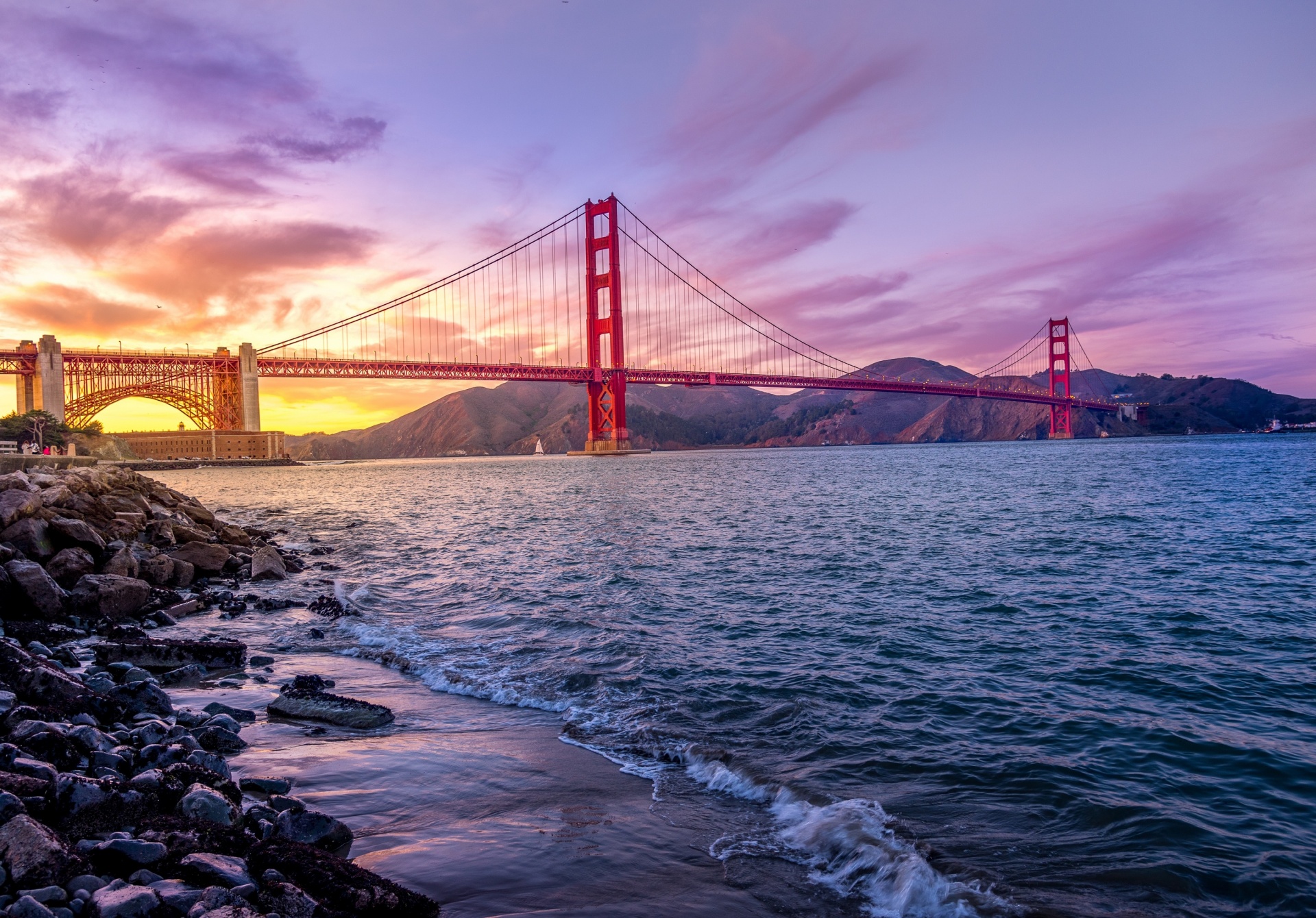OSSA LEONIS
The tomb of Juan Ponce de León is in the basílica de San Juan Bautista.
It is made of white marble.
On it are carved the words “Mole sub hac fortis requiescunt ossa leonis qui vicit factis nomina magna suis.”
Under this bulk[?] sleep the bones of the strong Lion, who conquered a great name by his deeds.
*
I want to hit the tomb with my fist but church is in session.
I want to cast off my name and start over but then where would I be.
Juan Ponce de León kept trying to start over.
*
Juan was 19 when he came to the Americas.
This was not on Colón’s (Columbus) first voyage.
This was on his second.
This second voyage was bigger and badder and chartered not to explore but to conquer.
Juan was particularly bad.
*
“de León” means from León.
In the 13th century Juan’s ancestor Pedro Ponce de Cabera married the illegitimate daughter of King Alfonso IX of León.
He renamed himself Pedro Ponce de León.
He had no other connection to León.
*
Juan Ponce de León made a name for himself with a brutal massacre of native peoples in Hispaniola.
For this, the Spanish crown gave him leave to start over and invade a second island.
This island was San Juan Bautista.
The Spanish called Puerto Rico San Juan. They called San Juan Puerto Rico.
The native people called it Borikén but no one asked them.
*
Juan became governor of Puerto Rico in 1509.
The first place Juan settled in was Caparra, to the west of what is now San Juan.
This area was a swamp.
People were dying of tropical diseases.
Infants were dying.
The governor refused to move.
*
To govern is “to guide or constrain.”
The governor guides “by the exercise of sovereign or delegated authority” (OED).
Sovereignty is the answer to the question “Who decides what I can do?”
Sovereignty also answers the question “Who decides what I am?”
*
Juan was appointed governor because the Spanish sovereigns hated Colón.
The sovereigns accused Colón and his family of tyranny and incompetence as governors.
To be accused of tyranny and incompetence by Spain is kind of impressive.
*
Colón was arrested and spent six weeks in jail.
However, the courts ruled that Colón and his family were legally entitled to governorship in the lands Colón “discovered.”
In 1511 Juan was replaced as governor of Puerto Rico by Colón’s son Diego.
*
In 1513 the Spanish sovereigns conspired with Juan to claim new land that wasn’t “discovered” by Colón.
This way they could reap the benefits of the colony without dealing with the family.
This way Juan could be a new Colón.
*
In 1513 Juan “discovered” Florida.
Florida was to be a new Puerto Rico.
Juan also “discovered” a large population already on Florida.
These were the Calusa, a dense and highly technological civilization.
*
The Calusa people drove the Spanish back easily.
Juan was driven back to Cuba. He licked his wounds in Havana.
He headed back to Spain.
He got older.
*
In 1521 Juan attempted to invade Florida again.
He was 47.
*
The idea that he was searching for the fountain of youth is a later story.
For all I know it could be true.
Maybe the dream of youth is the chance to start over.
No matter the consequences.
*
In 1521 Juan “discovered” the Calusa still on Florida. Once again they drove him back.
In the battle it is said that a poisoned arrow pierced his thigh.
I like to think of the arrow as laced with unheeded finality.
I like to think of the arrow as saying ya basta.
*
The language the arrow was speaking has been lost.
*
Juan dies in Havana, painfully.
I hope it was painfully.
The bones of the lion were transported to Puerto Rico.
The bones of the lion were buried in la iglesia de San José.
*
León (España) has no connection to león (lion).
León (España) comes from the Latin “legio” (legion).
It was named by an uncreative Roman legionnaire.
León was a fort city, like San Juan.
It was a colony.
They had never seen a lion.
*
The bones of the lion did not stay in la iglesia de San José.
Years later the bones were exhumed and carried across town.
They were reburied in the larger basílica de San Juan Bautista.
*
The basílica had been destroyed in a hurricane in the 1530s.
So they built a second basílica.
*
Some people never fucking learn.
IMPLEMENTS
The taíno people (not what they called themselves) had a ritual around cohoba.
First the behiques would purge using a ritual stick.
Then the seeds of the cojóbana tree were ground and mixed with tobacco.
The mixture was gathered in a ritual spoon or bowl.
The behiques would inhale this using a special two-pronged pipe.
Either the mixture or the pipe was called cohoba.
*
We know about this ritual because Europeans witnessed it.
We know about it because the implements survive.
*
The taíno people (not what they called themselves) used cohoba to contact the zemís.
Zemís are gods or powerful people or natural forces.
Zemís are ancestors.
*
To contact the zemís you must go into a trance.
You must give yourself away.
*
When I walk through the Metropolitan Museum of Art “looking for myself,” what do I see?
Cohoba spoons, cohoba inhalers.
Cohoba bowl, bone, ca. 1000.
*
I see my ancestors trying to speak to their ancestors.
I see my ancestors dealing with things.
*
I drink to be social.
I didn’t always know this.
It took drinking.
*
I used to hide in my room for weeks.
I used to be stubborn and dramatic.
I’m still stubborn and dramatic but now I do it in public.
*
Drinking is romantic and, as romantic, destructive.
It is to give of one’s self.
Ron y santería.
*
In drinking I can talk to ghosts.
This is a lie.
In drinking I am (more of) a liar.
*
Drinking is a problem.
I am a problem.
Problems don’t always have solutions.
*
To be social is to enter a lattice of useful lies.
Without them you are no more or less right.
You may be more or less here.
It’s like poetry.
*
Being social is like drinking is like poetry.
You’d be better off in your room.
*
Intoxicated comes from the Greek toxon.
Toxon means bow.
The poison for the arrow was toxikon pharmakon.
*
At some point the vehicle and the tenor of the metaphor switched.
Like how San Juan was called Puerto Rico and Puerto Rico was called San Juan.
Or how cohoba was either cohoba or cohoba
*
What does it mean when the vehicle and tenor switch?
Baudrillard would say we’re no longer in the real but the image of the image of the real.
*
The implements survive.
*
Now we stretch our necks back.
Now we notch a drink to the arc of our throats.
A drink laced with finality.
If it’s good enough for Juan, I say.
*
Juan Ponce de León, you remember, was killed by a poisoned arrow.
This was after he presided over the deaths of at least 3 million taíno.
*
Juan died in pain.
This is not justice but at least it’s poetic.
Even a poisoned arrow points the right way sometimes.
*
Juan is my ancestor too.
It’s a miracle I survived this long.
It’s a miracle anyone has, really.
*
Nothing makes it out of history.
Not without becoming history.
*
The liver is my chariot.
I toast my ability to outrun the world’s poisons.
It reminds me of dying.
*
I kid.
In drinking I am (more of) a kidder
*
My partner doesn’t drink much.
Because my partner doesn’t drink much I’ve been drinking less.
She will leave me.
*
Not all problems have solutions.
Or, not all solutions are good solutions.

David M. de León is a Puerto Rican writer, academic, and theater artist. His work is published or forthcoming in places like [Pank], Diagram, Fence Magazine, Acentos, Rattle, 2River View, Bat City Review, Anderbo, and The Cortland Review. He was a Tin House Summer Scholar and received aid from the Fine Arts Work Center. Currently he is a PhD candidate in English at Yale, and lives in Queens.


![Monument for Inger Christensen. Photo by David Stjernholm. Featured image for [o] by Kristi Maxwell.](https://atlengthmag.com/wp-content/uploads/2025/06/Monument-for-Inger-Christensen_Kaare-Golles_002_Photo-by-David-Stjernholm-1280x914-1.jpg)
